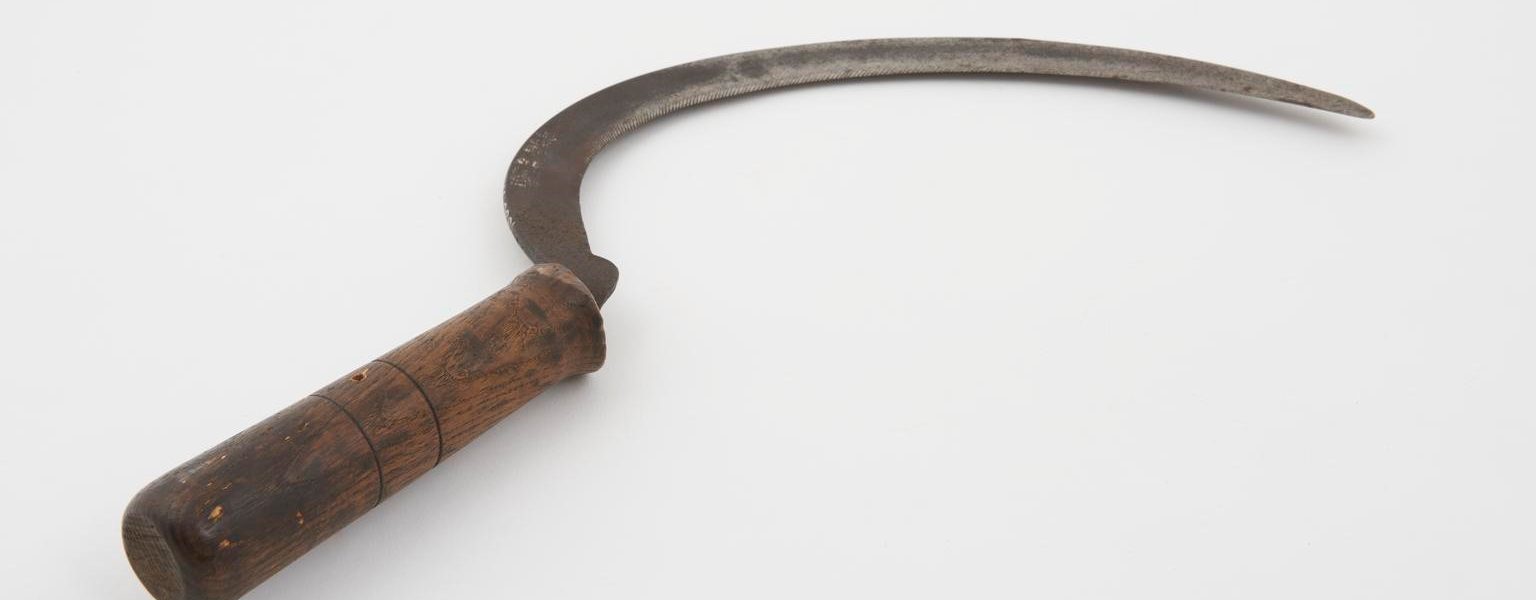Affecting approximately 1,000 people in the UK, Thalassemia is the name for a group of inherited blood conditions that affect the production of haemoglobin – the protein that transports oxygen through the blood. Thalassemias are hereditary conditions, meaning that some people carry what is known as a trait. Carriers do not usually experience any symptoms, however if two parents both carry a trait, their children are more at risk of inheriting Thalassemia major – the most severe form of the condition.

History of Thalassemia
Cooley’s anaemia”, as it was first known, was named after Dr Thomas Benton Cooley, an American paediatrician who was researching childhood anaemia when he noticed similar conditions in children of Italian and Greek descent. This form of Thalassemia is now known as beta thalassemia major.
Thalassemia comes from the Greek thalassa meaning “of the sea” and was chosen as an overarching term as the condition was noted to be predominant in people whose ancestral homes surrounded the Mediterranean Sea.
Although the condition occurs across the world, it predominantly affects people of Mediterranean, North African, Middle Eastern and Asian origin – similar to the way Sickle Cell Anaemia predominantly affects people of African origin. These genetic quirks, sometimes interpreted as clever adaptations to better cope with other environmental or medical conditions, have meant that strictly medical approaches to research and treatment have sometimes been complicated by cultural and societal issues.
Genetic superpower?
One theory that has developed to explain the high prevalence of thalassemias in people with Southern European, Middle Eastern and South Asian descent is that (once again similarly to sickle-cell) the mutation that causes thalassemia is thought to offer a degree of protection against malaria. This adaptation could account for the ability of people to survive in historically malaria-ridden environments, where others would not be able to cope. This genetic superpower of sorts has been extensively studied, picked up positively in the press, and the idea of beneficial mutation as a “superpower” has even been adopted by some patients as a creative way of interpreting their condition and challenging assumptions about their abilities.

Combatting prejudice
In the United Kingdom, both Thalassemia and Sickle-Cell disease have historically been talked about together in public health messaging and government campaigns. The Sickle-Cell Society was founded in 1979 to tackle inequalities in health care for people living with sickle cell disorders. Similarly, the UK Thalassemia Society promotes better research and public health initiatives to educate high-risk communities and the wider public about Thalassemia. Their aim is to raise awareness and engagement with specific inequalities and issues faced by those living with the condition and their families.
Both these activist groups have had close ties and worked together, partly due to the similarities between Sickle Cell and Thalassemia, but also due to the specific challenges of cutting through prejudice that exists even in a discipline that should not discriminate. In 2013, following the death of Sickle-Cell patient Sarah Mulenga, chief executive of the Sickle-Cell Society John James spoke out about pervasive stereotypes, lack of public education and how they combine to leave medical professionals ill-equipped to treat patients who are in crisis. The Nursing Times has also cited the lack of specialists in the field as a worrying example of how prejudice and racism infect patient’s experiences.

Sickle-cells take get their name for their particular shape, reminiscent of a sickle.
But it’s not just cutting through established inequalities that poses a challenge for campaign groups; attempts at community engagement are sometimes marred by mistrust and the difficulty of communicating across language, cultural and religious barriers.
A survey in 1995 found that although 1 in 7 people of South Asian ancestry were likely to carry the Thalassemia trait, only 4% of South Asians living in England had been tested to confirm their carrier status. This shocking lack of awareness, in part due to public health messaging about the condition being neglected at a national level, led to the creation of publications specifically aimed at the British-Asian community that drew on community networks and narratives to get the message across.
The NHS has also taken on board the urgency of building trust with marginalised communities, with specific campaigns designed to encourage BAME communities to donate blood.
In the Science Museum’s new Medicine Galleries, a display features a molecular model of a red blood cell showing abnormalities associated with Sickle Cell.
As awareness of the conditions improves and communities at higher risk of being affected speak out about their experiences, we hope it will be an opportunity to engage with the wider public about these rare conditions and the lived experiences of those living with them.
